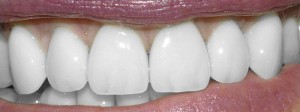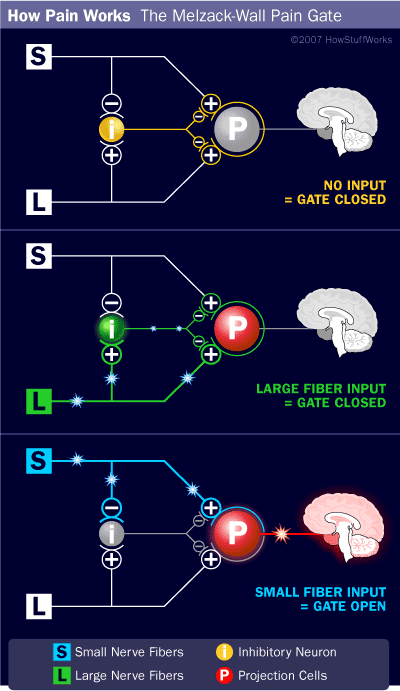Ever wish you can keep your car clean without having to wash them everytime? NeverWetTM spray may be the answer you are looking for. NeverWetTM created by Ross Technology Corp is a silicon-based spray which can form superhydrophobic surface to many materials it sprayed on.
We know that hydrophobic means water (hydro) Fearing (phobic). A hydrophobic substance will avoid as much contact with water as it can, one good example is cooking oil.
 Superhydrophobic is a term to describe a substance’s characteristic with water. It has the same characteristic as hydrophobic, but the characteristic is shown much stronger. When a droplet of water sits on a surface, it forms a contact angle based on what type of surface it sits on. If the surface is hydrophobic, it will have a contact angle of 90 degrees to 180 degrees. If the surface is superhydrophobic, it will have a contact angle of at least 150 degrees.
Superhydrophobic is a term to describe a substance’s characteristic with water. It has the same characteristic as hydrophobic, but the characteristic is shown much stronger. When a droplet of water sits on a surface, it forms a contact angle based on what type of surface it sits on. If the surface is hydrophobic, it will have a contact angle of 90 degrees to 180 degrees. If the surface is superhydrophobic, it will have a contact angle of at least 150 degrees.

NeverWetTM spray can form a superhydrophoic coating to prevent items from getting wet. Some application of the spray are, preventing electronics from water damaging, water-proofing clothes, preventing bacterial growth, and maintaining clear view for car windows. There are many applications for NeverWetTM spray such as anti-icing, anti-corrosion, anti-bacterial, and self-cleaning. However, all of these applications have one central idea: to keep water away.

NeverWetTM spray will be available on the market as a retail product around mid 2012.
References:
NeverWet Web mainpage: http://www.neverwet.com/index.php
Superhydrophobic: http://www.neverwet.com/product-characteristics.php
Superhydrophobic: http://en.wikipedia.org/wiki/Superhydrophobic
NeverWet article from Geek.com: http://www.geek.com/articles/geek-cetera/superhydrophobic-spray-means-no-more-clothes-to-wash-20111112/
Video used:
https://www.youtube.com/watch?v=f8Kdb04G5io
https://www.youtube.com/watch?v=uSHLqowYqjU
Image used:
http://upload.wikimedia.org/wikipedia/commons/f/f7/DropConnectionAngel.jpg



